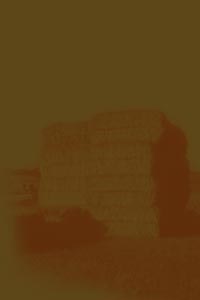Only
a few kilometres away from the
Gallocanta
lagoon and once you have visited the
La Zaida lagoon, you will come
to
Used, a small village of
noble houses (Calle Mayor, plaza de la Obra)
whose Gothic hermitage devoted to the Virgen
del Pilar will surprise you along with its old
nevera (a construction used for storing snow).
From here you can go on to visit the Guialguerrero
lagoon which isn’t very far-off
or head towards Santed, a
village standing on a hill that still conserves
the structure of an old, 14th century castle.
It offers excellent views over the whole basin.
Only 23 kilometres away from Gallocanta,
you will come across one of the roughest places
in the Daroca region, the ravines
of Piedra river (Torralba de los
Frailes), an ideal spot for trekking and rock
climbing with almost 200-meter high cliffs
forged over the centuries by the river below.
Turning back ,you can head North along the
A-2506 road, towards Piedra Monastery, and
you will arrive at Abanto,
where you can go fishing and swimming in the
reservoir and from there you can visit the
abandoned village of Pardos,
where legend has it that Cid Campeador stayed
over on his way from Burgos to Valencia.
From Gallocanta and once you have reached
Daroca, you can visit Villafeliche,
with its castle that reportedly dates back
to Muslim times, a ceramics factory and the
Gunpowder Museum, which informs visitors that
the town had more than 200 mills for gunpowder
production in the 19th century.
Back in Daroca, but this time going in the
opposite direction, you will come to Anento,
where apart from San Blas church with its
Gothic altarpiece, the 14th century castle
and the Celtiberian fortified tower of San
Cristóbal, you can also visit the Aguallueve
natural park.
San Martín del Río
is yet another interesting spot with its monumental
14th century Renaissance-Gothic church the
highlights of which are its 14th to 18th century
altarpieces and a 12th century Romanesque
statue (Virgen del Buen Reposo),
as well as a museum dedicated to Eltrasiego
wine.




